In a world increasingly concerned with environmental impact, even our most cherished traditions are being reimagined through a sustainable lens. Gift-giving, a practice meant to spread joy, often comes with a hidden environmental cost: mountains of discarded wrapping paper that can’t be recycled due to metallic finishes, tape, and mixed materials. Enter the beautiful alternative of fabric and twine gift wrapping – an eco-friendly approach that marries aesthetics with environmental consciousness.
This centuries-old Japanese practice known as Furoshiki has found new relevance in our modern quest for sustainability. By replacing single-use paper with reusable fabrics and natural twines, we can transform not just how our gifts look, but also how our celebrations impact the planet.
The Environmental Impact of Traditional Gift Wrapping
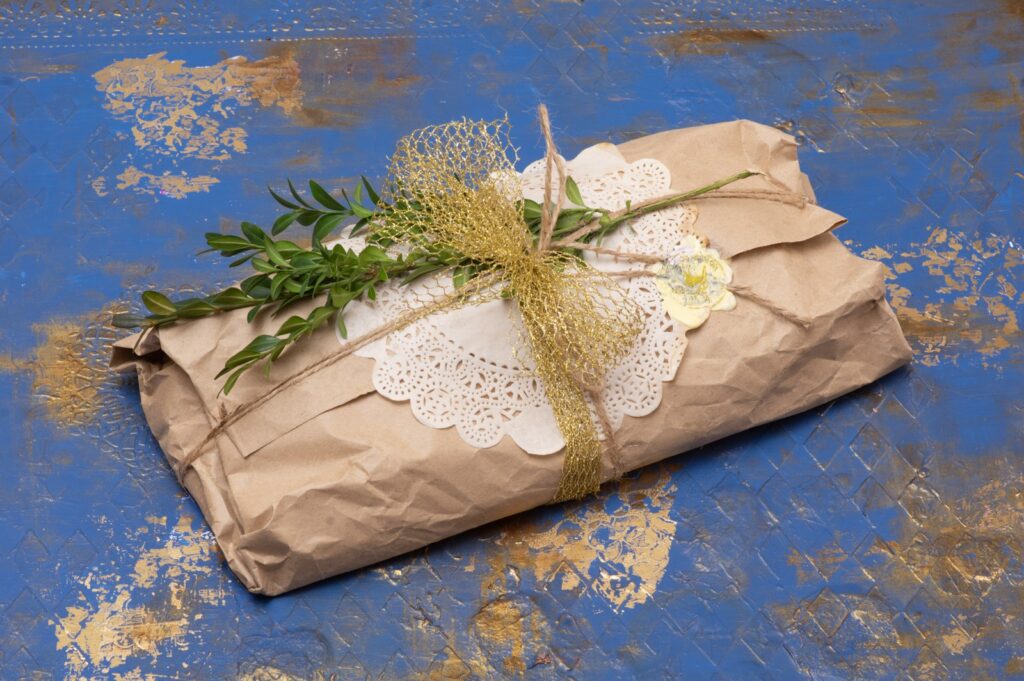
The statistics surrounding conventional gift wrap are sobering – Americans alone discard an additional 25 million tons of garbage during the holiday season, with wrapping paper and shopping bags accounting for 4 million tons. Most commercial wrapping papers contain dyes, laminates, glitter, and plastic elements that make them impossible to recycle, meaning they’re destined for landfills after their brief moment of glory.
The production process itself contributes to deforestation, uses significant water resources, and releases chemicals into the environment. Beyond the paper itself, the adhesive tapes commonly used contain plastics that further compound the environmental impact, creating a single-use product with centuries-long degradation timeframes.
Introducing Furoshiki: The Ancient Art of Fabric Wrapping
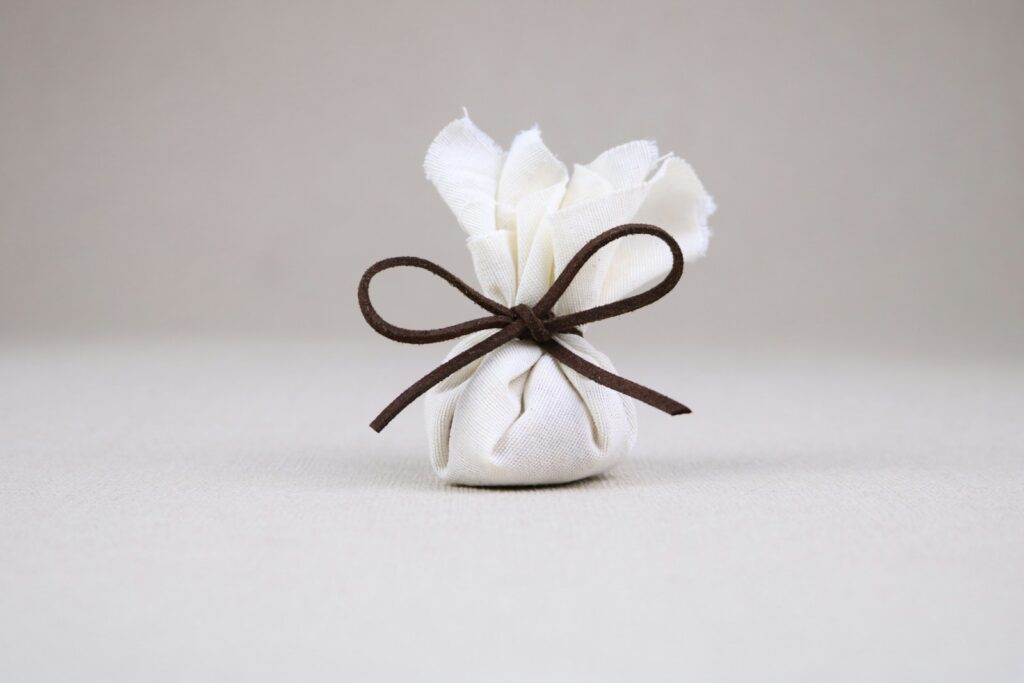
Furoshiki dates back to the 8th century Nara period in Japan, where it began as a practical method for protecting valuable goods during transport. The word itself combines “furo” (bath) and “shiki” (to spread), referencing its historical use for wrapping clothes at public bathhouses. Over centuries, this utilitarian practice evolved into an art form, with specific folding techniques developed for objects of different shapes and sizes.
Today, Furoshiki represents not just a wrapping method but an expression of care – the reusable nature of the fabric symbolizes the continuing relationship between giver and receiver. The elegant simplicity of this technique allows anyone to create stunning gift presentations while honoring an ancient tradition that anticipated our modern sustainability concerns by many centuries.
Benefits of Fabric Wrapping Beyond Sustainability
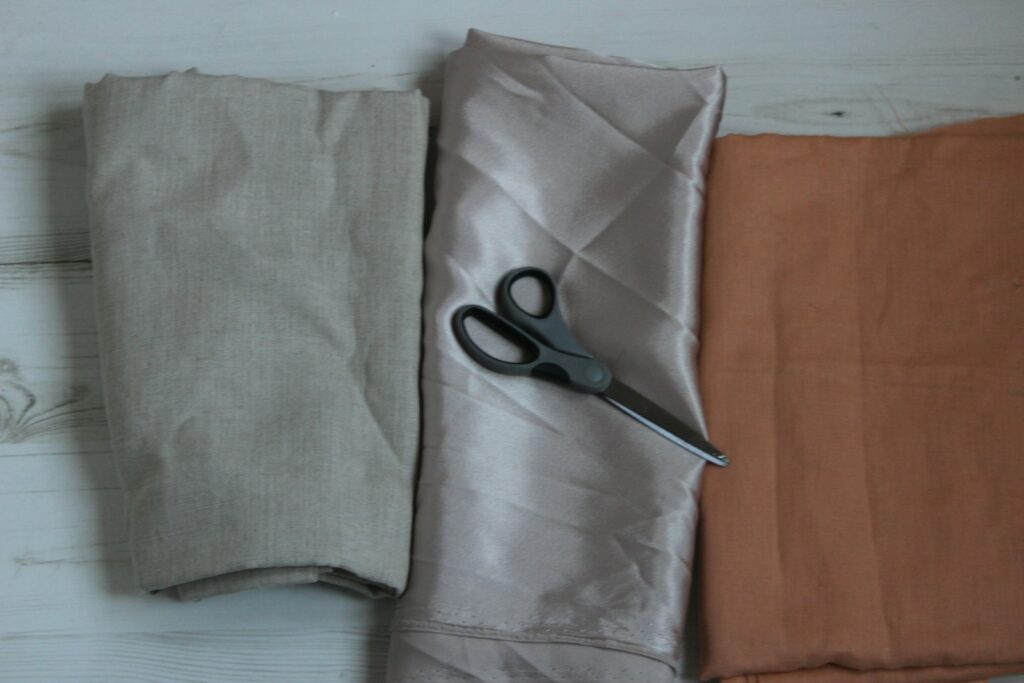
While environmental benefits serve as the primary motivation for many who adopt fabric wrapping, the advantages extend well beyond ecological considerations. From a practical standpoint, fabric wrapping eliminates the frustration of torn paper, awkwardly shaped gifts, and the inevitable running out of wrapping paper mid-session. The durability of fabric means presents can be transported without fear of damage, even for delicate items that might otherwise require excessive padding.
Aesthetically, fabric wrapping creates gift presentations with a distinctive handcrafted elegance that stands out dramatically against mass-produced paper wrappings. Perhaps most meaningfully, fabric wrapping adds an additional gift dimension – the beautiful cloth itself becomes part of the present, potentially serving multiple purposes in the recipient’s life long after the wrapped item is revealed.
Essential Materials for Fabric Gift Wrapping
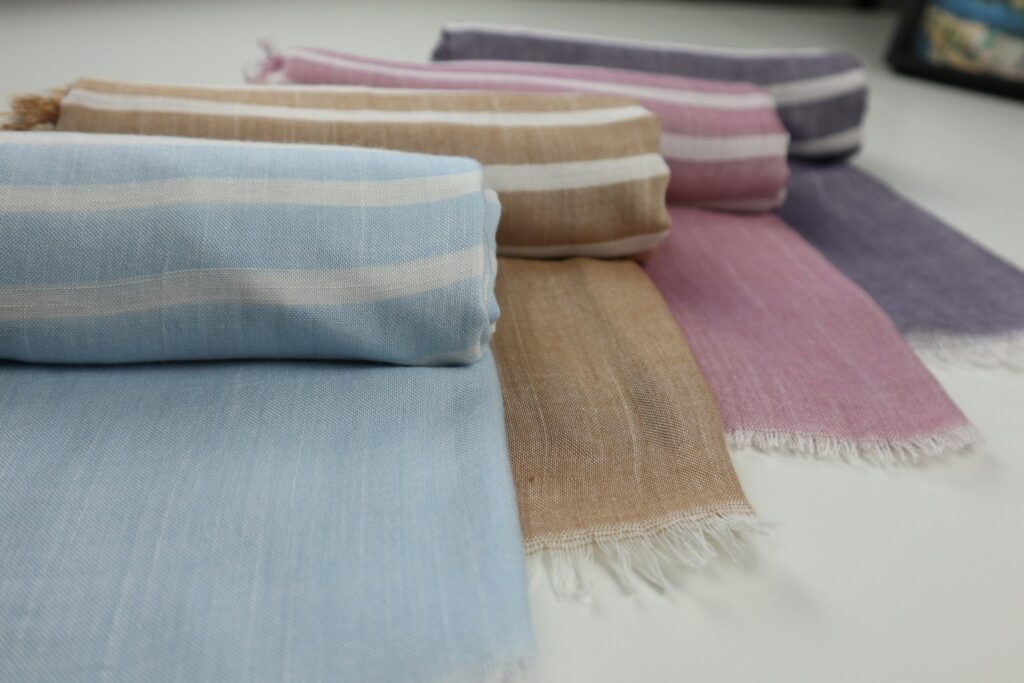
Creating a collection of fabric wrapping materials doesn’t require significant investment, and can often utilize items already in your home. The most versatile base materials include cotton scarves, bandanas, handkerchiefs, tea towels, cloth napkins, and remnant fabric pieces from sewing projects. Lightweight cottons, linens, and silks work particularly well for their pliability and elegant drape, though any fabric with minimal stretch can be effective.
For securing your wrapped packages, natural options like cotton baker’s twine, jute cord, hemp string, or even repurposed ribbon from previous gifts provide both functionality and visual appeal. Additional decorative elements might include dried flowers, cinnamon sticks, small pine branches, wooden beads, or handmade gift tags created from recycled cardboard – all of which add distinctive character while maintaining eco-friendly credentials.
Basic Furoshiki Techniques for Square and Rectangular Gifts

The fundamental Furoshiki technique for wrapping square or rectangular items begins by placing your fabric on a flat surface, positioned like a diamond rather than a square. Center your gift on the fabric with corners aligned to the fabric’s points, then fold the bottom corner up over the gift, followed by the right and left corners coming toward the center. Finally, tie the top corner with the already-folded bottom corner in a secure knot, or use twine to bind them together for added stability.
For a variation known as the “basic wrap,” position your fabric as a square, place your gift in the center, and fold opposite corners inward to meet at the center of the package top – then bind the remaining two corners together above the gift. These foundational techniques can be mastered in minutes but offer endless variations through different fabric choices and finishing details.
Advanced Wrapping Methods for Irregularly Shaped Items
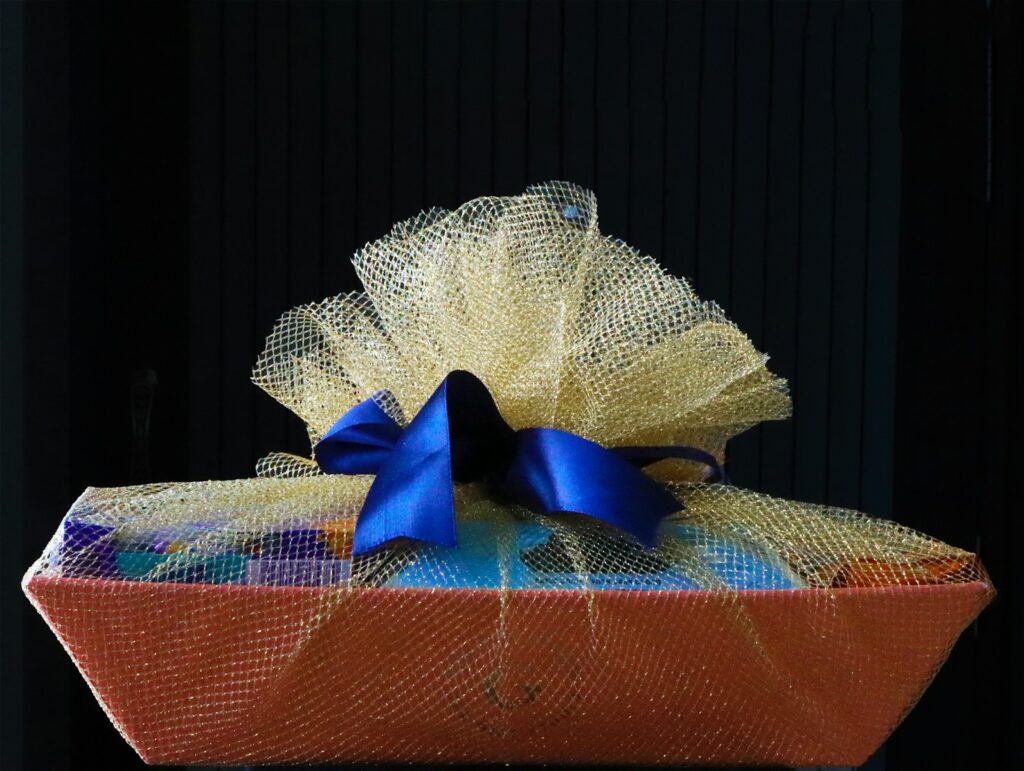
Fabric offers unmatched flexibility for wrapping oddly shaped gifts, making it ideal for everything from wine bottles to plush toys. For cylindrical items like bottles, place the bottle at the center of a fabric square turned diagonally. Fold the top and bottom points along the bottle’s length, then bring the side corners around and tie them securely at the top to form a built-in carrying handle. For round or spherical items, try the “flower wrap” method: place the item in the center of the fabric, then pleat the edges evenly toward the top and tie with ribbon or twine to create a bloom-like effect.
When working with irregular or abstract shapes, use a “freestyle bundle” approach—gather the fabric naturally around the object, securing it with decorative knots, twine, or ribbons. These versatile techniques not only accommodate complex shapes but also create beautiful, reusable, and sustainable alternatives to traditional wrapping.
Decorative Knot Techniques for Finishing Touches
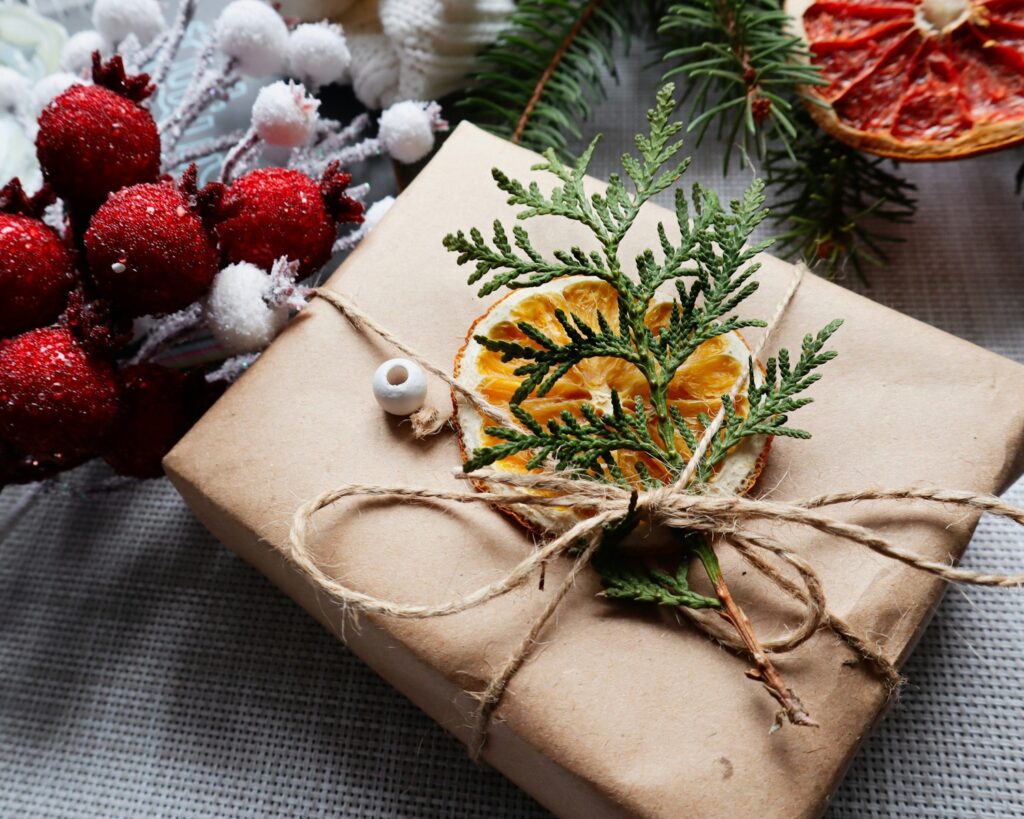
The finishing knot in fabric gift wrapping serves both functional and aesthetic purposes, often becoming the focal point of your presentation. The classic “square knot” provides reliable security with a symmetrical appearance – simply cross one end over the other, then bring the bottom end over and through the opening, repeating in the opposite direction for the second pass. For a more distinctive finish, the “rose knot” creates a spiral flower effect by forming a loose overhand knot, then wrapping one end around the knot’s base multiple times before tucking the end through the center.
The Japanese-inspired “awase” knot begins with a standard cross-over, but instead of completing a traditional knot, the ends are folded into decorative pleats and secured with a separate piece of twine, creating an elegant fan-like appearance that showcases beautiful fabric patterns.
Incorporating Natural Elements with Twine Embellishments

Twine’s natural texture creates the perfect foundation for incorporating botanical elements into your gift presentation. Sprigs of evergreen, dried lavender stems, cinnamon sticks, or small dried orange slices can be secured to the knot area using thin gauge natural twine wrapped in a crosshatch pattern. Creating a small “bouquet” effect works particularly well – gather three complementary elements like a pine sprig, dried berry stem, and cinnamon stick, binding them together at the base before attaching to your package.
For seasonal presentations, consider fresh rosemary springs for Christmas (which impart a subtle fragrance), dried wheat stalks for autumn gatherings, or tiny fresh flower blooms for spring celebrations. These natural additions not only enhance the visual appeal but also provide sensory dimensions through texture and scent that traditional paper wrapping cannot achieve.
Seasonal Fabric Selection for Year-Round Gifting
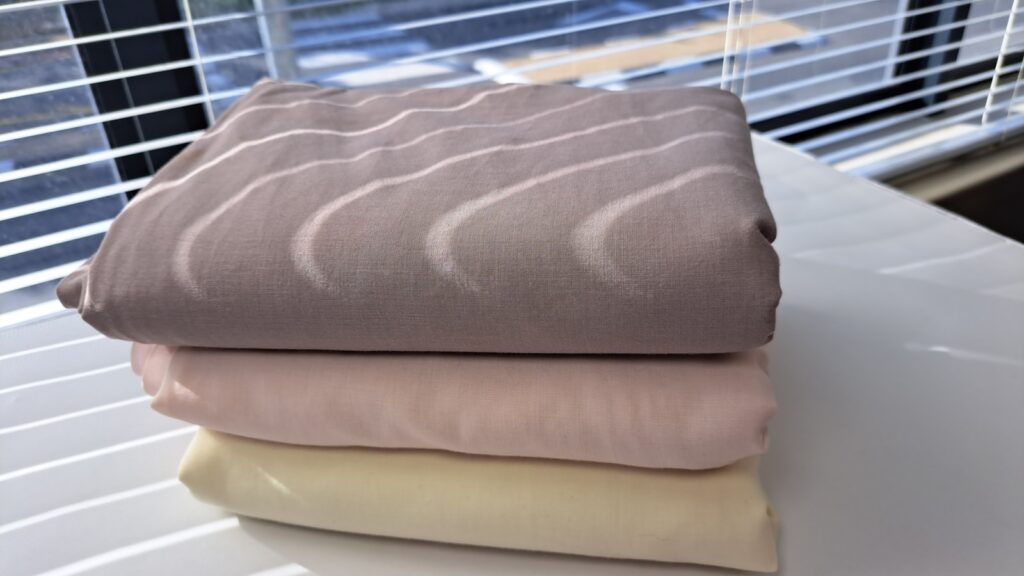
Building a versatile fabric wrapping collection allows you to create seasonally appropriate presentations throughout the year without purchasing single-use papers. Winter celebrations benefit from rich textured fabrics like flannel, wool remnants, or fabrics with metallic accents in deep greens, reds, and golds, complemented by rustic jute twine. Spring occasions shine with lightweight cottons in pastel shades or delicate floral prints, paired with pale cotton baker’s twine or narrow satin ribbons.
Summer gifts pop when wrapped in vibrant batiks, tropical prints, or nautical-themed fabrics with colorful cotton twine accents. Autumn presentations feel perfectly seasonal when wrapped in warm-toned fabrics featuring harvest colors, plaid patterns, or subtle leaf motifs, secured with natural hemp cording. Building this collection gradually through thrift store finds, repurposed clothing, or fabric remnant sales creates a sustainable wrapping system for every occasion.
Creating a Sustainable Gift Tag System

Complementing your fabric wrapping with equally sustainable gift tags completes the eco-friendly presentation. Repurposing materials like manila folders, cardstock from product packaging, or even cut pieces from brown paper grocery bags provides the perfect base for creating durable tags that can be used repeatedly. Punching a small hole and reinforcing it with a metal grommet (if available) significantly extends the tag’s lifespan through multiple uses.
For decoration, consider simple hand-stamping with botanical designs, minimalist line drawings, or calligraphy identifying the recipient rather than occasion-specific messages, allowing the tags to serve multiple purposes. Creating a small collection of these all-purpose tags, stored with your fabric wrapping supplies, eliminates the need for disposable paper tags and completes your sustainable gift presentation system with thoughtful attention to every detail.
Building a Sustainable Wrapping Collection on a Budget

Creating an impressive fabric wrapping collection doesn’t require significant financial investment when you know where to look. Thrift stores often have abundant textiles in their linens section – scarves, napkins, handkerchiefs, and small tablecloths can be acquired for minimal cost, often under a dollar each. Fabric remnant bins at craft stores offer another economical source, frequently selling end-of-bolt pieces at steep discounts, perfect for smaller gifts.
Your own home likely contains potential wrapping materials – outdated clothing with interesting patterns, linens no longer matching your decor, or bandanas tucked away in drawers can all find new purpose in gift wrapping. For twine and cord, kitchen supply stores often sell baker’s twine in bulk at reasonable prices, while garden centers offer natural jute and hemp cording that serves both practical and aesthetic purposes in your sustainable wrapping system.
Hosting a Sustainable Wrapping Workshop
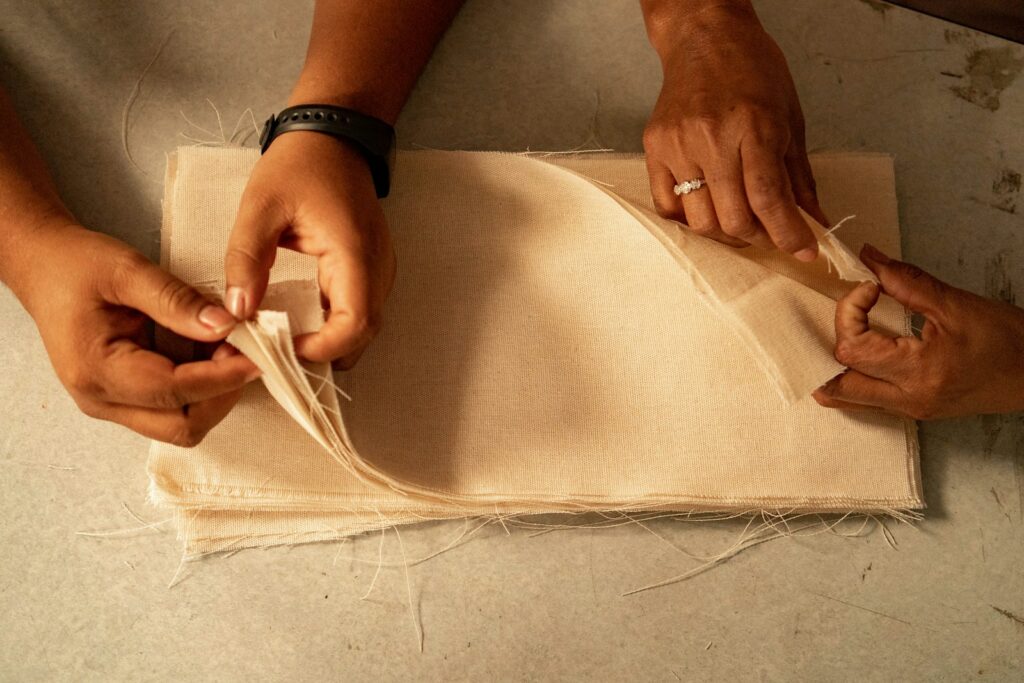
Sharing sustainable wrapping techniques multiplies your environmental impact while creating meaningful community connections. Hosting a simple workshop requires minimal preparation – ask participants to bring fabric pieces from home (old scarves, napkins, etc.) and provide some extras for those without resources. Begin with a brief discussion of conventional wrapping’s environmental impact, then demonstrate basic techniques starting with simple square packages before progressing to more challenging shapes.
Include a hands-on practice session with various objects and fabric types, encouraging creative problem-solving and personalized approaches. Consider creating a small handout with basic fold diagrams and resource lists for finding sustainable materials locally. Such gatherings not only spread practical skills but often spark broader conversations about sustainable living while creating a supportive community of like-minded individuals committed to reducing waste during celebrations.
The Ripple Effect How Small Changes Create Meaningful Impact

While a single act of eco-friendly gift wrapping may seem small, its impact ripples outward. Using fabric and twine not only reduces waste but often sparks conversations that inspire others to adopt more sustainable habits. Children exposed to reusable wrapping materials grow up viewing them as normal, passing this value forward. This mindful approach to presentation also deepens the gift-giving experience, encouraging more thoughtful choices and care in how we express love and appreciation. Over time, what begins as a material swap evolves into a cultural shift—one that aligns celebration with environmental stewardship.
By embracing reusable wrapping, we honor tradition and sustainability alike. Inspired by Furoshiki, the Japanese cloth-wrapping art, we rediscover that beautiful, resourceful solutions can come from the past. Each wrapped gift becomes both a meaningful gesture and a quiet contribution to a healthier planet—proving that joy, tradition, and environmental responsibility can beautifully coexist in modern celebrations.

